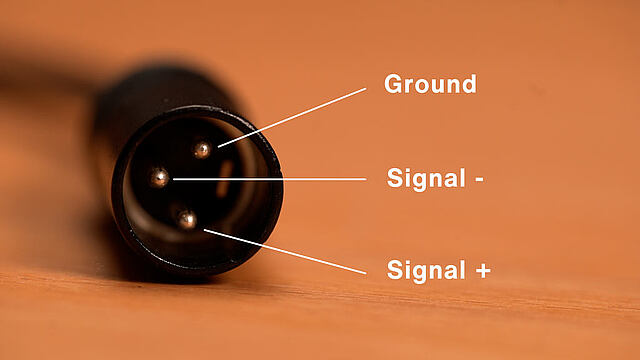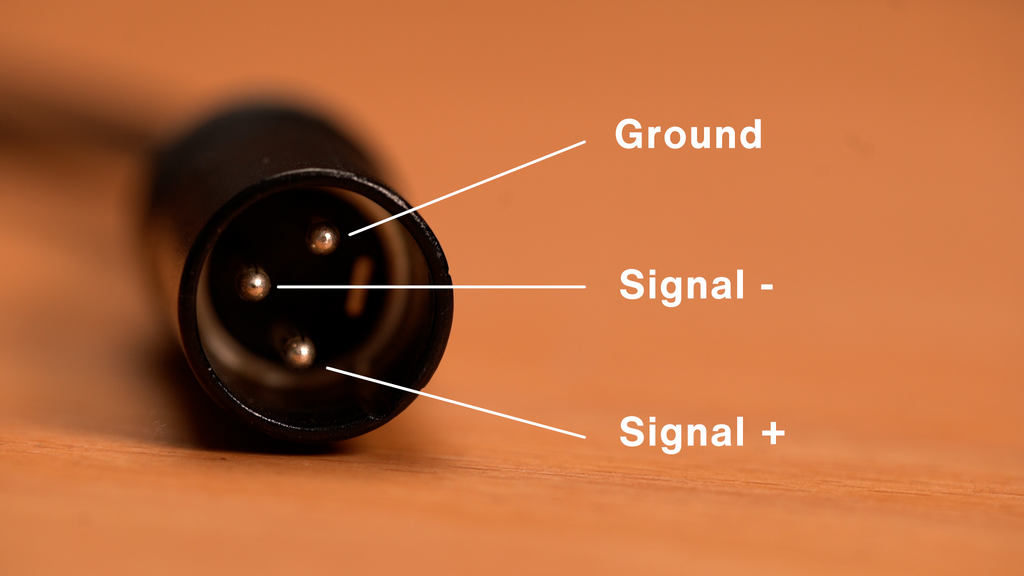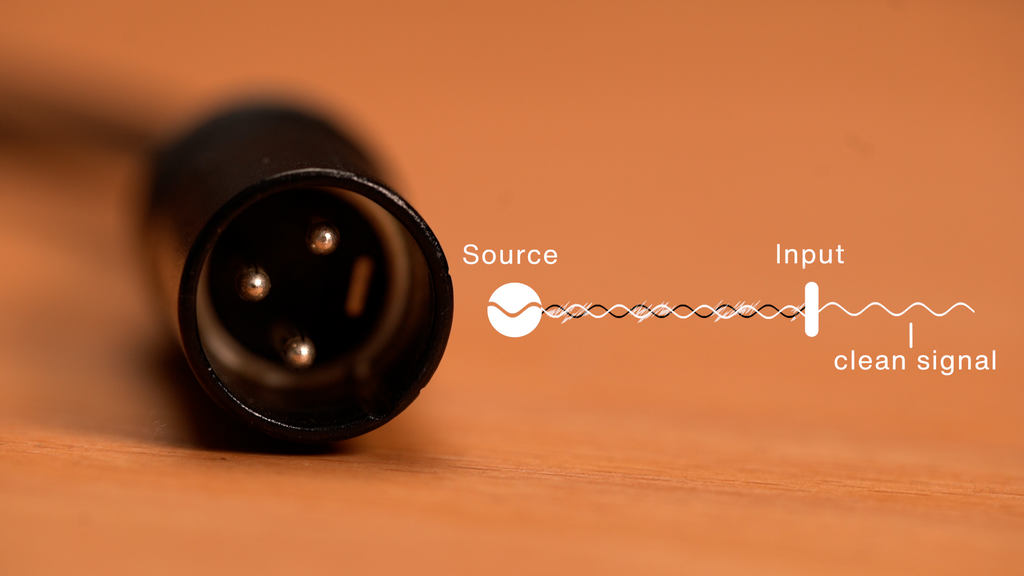
Blog
True love for great sound unites us.
Blog
True love for great sound unites us.

Audio cables are everywhere, from the simplest bedroom setups to the most elaborate studio facilities. Sometimes we don’t think about them as much as we should, and other times we think too much about them – and in the wrong way.
Considering how important cables are, it’s worth taking a minute to discuss what they are, why they’re important, and how to choose and use them.
At its simplest, a cable is just a piece of metal that carries electrical signals.
Cables don’t have to be complicated; in one controversial study, listeners compared a variety of audio cables at various price points, and found that they preferred the sound of bent coat hangers with plugs soldered to the ends!
However, bent coat hangers aren’t really a handy format for cabling, so let’s get just a bit more fancy.
When a sound is turned into an electrical signal, it’s a waveform that moves up and down around zero. But what is our zero? It’s a reference voltage agreed upon by every device in our audio signal – the ground or earth. With no ground reference, audio signals can’t be transmitted reliably, so with very few exceptions (including those bent coat hangers), an audio cable should carry not only the changing voltage of the signal but also establish a ground reference for it.
Usually, our signal wires aren’t single thick strands of metal. While these do exist (I don’t think we have to mention the bent coat hangers again), they aren’t designed to bend, flex, or otherwise move around. To get that flexibility, stranded cable is made up of a bunch of very thin strands of metal, tightly bound in a bunch. Individual strands can move different amounts when the cable is bent, producing a reliable signal transmission – unless the cable is severely stressed, which we’ll get to later.
So our simplest cable has two wires, the signal, and the ground. Is that all we need? Yes, if we’re using it to plug in a hairdryer. To preserve audio signals, which are remarkably easy to hurt on their way from one point to another, we need to get more elaborate.
The air around us is full of stray electromagnetic (EM) fields. Cell phone towers, radio stations, microwave ovens, badly-grounded appliances, and other culprits – even your gear’s external power supplies! – can create these fields and accompanying interference (EMI). Random signals at radio frequencies can cause particularly damaging interference called, naturally, radio-frequency interference (RFI). These can create hum, whining, buzzing, crackling, and other unwanted sounds.
Fortunately, various tricks let us minimize these effects on our audio.
Our first line of protection is shielding – creating a physical barrier around our signal to protect it from interference. This isn’t hard to do. We need a ground reference anyway, so why not turn our ground wire into a shield of some kind?
Instead of a single ground wire, let’s wrap a bunch of tiny wires around our signal wire, with an insulator between them – and there we go, a ground and a shield all at once!
Each type of shielding has its advantages. Serve shields are cheap to make and about as flexible as a shield can get, resisting twists and kinks, but they do wear out over time and their shielding (especially against RFI) is good but not great.
Braided shields are the most costly; they’re more susceptible to handling damage, but their effectiveness is excellent.
Foil shields are lightweight, inexpensive, and offer the best shielding out there, especially against RFI, but they break easily if they’re mistreated.
For the very low-voltage signals coming from a microphone, we need a bit more protection than just shielding will give us. This comes from a process called balancing, which is cost-effective, amazingly effective, and just plain cool.
A balanced line has not one but two signal wires, often with a common ground shield. One carries the signal itself, and is often called the hot wire; the other carries a copy of the signal that’s been inverted, called the cold wire. That’s why XLR mic cables need three pins: hot, cold, and ground.
Btw, if you want to learn what XLR actually stands for, this blog is for you.
As an audio signal travels through the cable, it passes through EM fields, which create noise, but here’s the trick: the noise created from outside has the same polarity in both the hot and cold wires, especially if they’re close together (or even braided together), but the signals we want have opposite polarity. So when we get to our destination, we flip the cold wire’s polarity, add it to the hot wire, and voilá! The signals we want add up to be twice as loud, and the noise cancels itself out and vanishes. Neat!

It doesn’t take much to make a good solid cable. Look for plugs that unscrew rather than being molded on; they’ll be higher quality, and if they do fail, they’ll be easier to fix rather than throw away.
Outer shields of braided fabric are pretty, but they don’t make a cable’s audio performance any better than one with a plain rubber shield.
If you’re not making your own cables, stick to established brands that use well-respected wires and connectors. You’ll rarely go wrong.
Stay away from ultra-expensive boutique cables with fancy materials. The difference in signal quality is negligible in most applications – and virtually impossible to objectively prove.
One buzzword that is real science is oxygen-free copper, which will last longer and sound a little cleaner than the cheap stuff.
The best way to get top performance out of any kind of cable is to use them sensibly. Balancing works wonders, but try not to use a 30-meter cable if you only have to take a signal 2 or 3 meters.
Separate audio cables from power cables and digital data cables where possible to minimize the chance of noise, and learn how to handle and coil your cables carefully – as with any other audio equipment, you’d be amazed at how much longer they’ll last if they’re treated well.
Good luck, and remember, it doesn’t matter which end of a guitar cable goes in the guitar and which goes in the amp.